A dental implant healing cap, referred to as an abutment, is a small device affixed to a prosthesis through surgery. The dental implant healing cap safeguards the implant by serving as a protective cover while the surrounding gum tissue heals and bonds to it.
There are different types of dental implant healing caps, conventional, personalised, and provisional. The conventional healing caps come in many sizes to accommodate the majority of patients. The personalised healing caps are created specifically for each patient depending on their unique anatomy. Provisional caps, known as “provisional healing caps,” are utilised to preserve the gum tissue's form and contour while the wound heals.
The procedure results in a more stable implant and reduced implant failure risk. The final restoration must fit properly and appear authentic by maintaining the shape of the gum tissue and protecting the implant site. The healing cap is taken off and, when the healing stage is finished, a permanent dental crown or bridge is implanted in its place.
The cost of a healing cap for a dental implant varies according to several factors, such as the specific type of healing cap used, the location of the implant, and the individual dental professional's fees. The cost of a healing cap for a dental implant is £85 in the UK and it is Free in Turkey, particularly at Myra Dental Centre. It is added to the cost of the initial surgery and any follow-up procedures or restorations. The cost of a healing cap seems high, but it is a necessary component of the dental implant process to increase the success rate and longevity of the implant. Discuss the cost of the healing cap with the dental professional and take the time to understand all fees related to the procedure before proceeding.
The use of a healing cap for implant offers an array of benefits, which improve the success and longevity of the implant. One of the primary advantages of the healing cap is its ability to protect the implant site. The healing cap serves as a protective cover over the implant site, helping to prevent infection and promote proper healing. The healing cap helps to maintain the shape and contour of the gum tissue during the healing process. It results in a more aesthetically pleasing final restoration, as the gum tissue is not going to shrink or change shape during the healing process. Another important benefit of the healing cap dental implant is its ability to improve integration with the surrounding tissue. The healing cap helps to improve the integration of the implant with the surrounding bone and gum tissue by protecting the area and preserving its shape.
What is a Healing Cap?
A healing cap is referred to as a gingival former or abutment. A small piece is used to place dental implants that form the gum line, keep plaque away, and allow the tissue to heal the implant. It is placed on top of the prostheses when a dental implant is surgically placed into the jawbone. Others ask, “What is a healing cap on a dental implant?” It serves as a protective cover while the surrounding gum tissue heals and bonds to the implant. The healing cap for implant is designed to maintain the shape and contour of the gum tissue during the healing process, which takes several weeks to several months. It is taken out and replaced with a new dental crown or bridge after healing. An essential component of the intricate implant process is correctly integrating the implant with the surrounding bone and gum tissue.
The healing cap performs a variety of vital roles during the recuperation phase following implant surgery. It keeps the surrounding tissues and the implant's base from getting hurt while it heals. It facilitates the development of healthy gum tissue around the implant by reshaping the gums and promoting appropriate tissue healing. The healing cap preserves room and keeps the gums from merging into the implant site, guaranteeing there is enough room and no obstructions for the insertion of the final prosthesis.
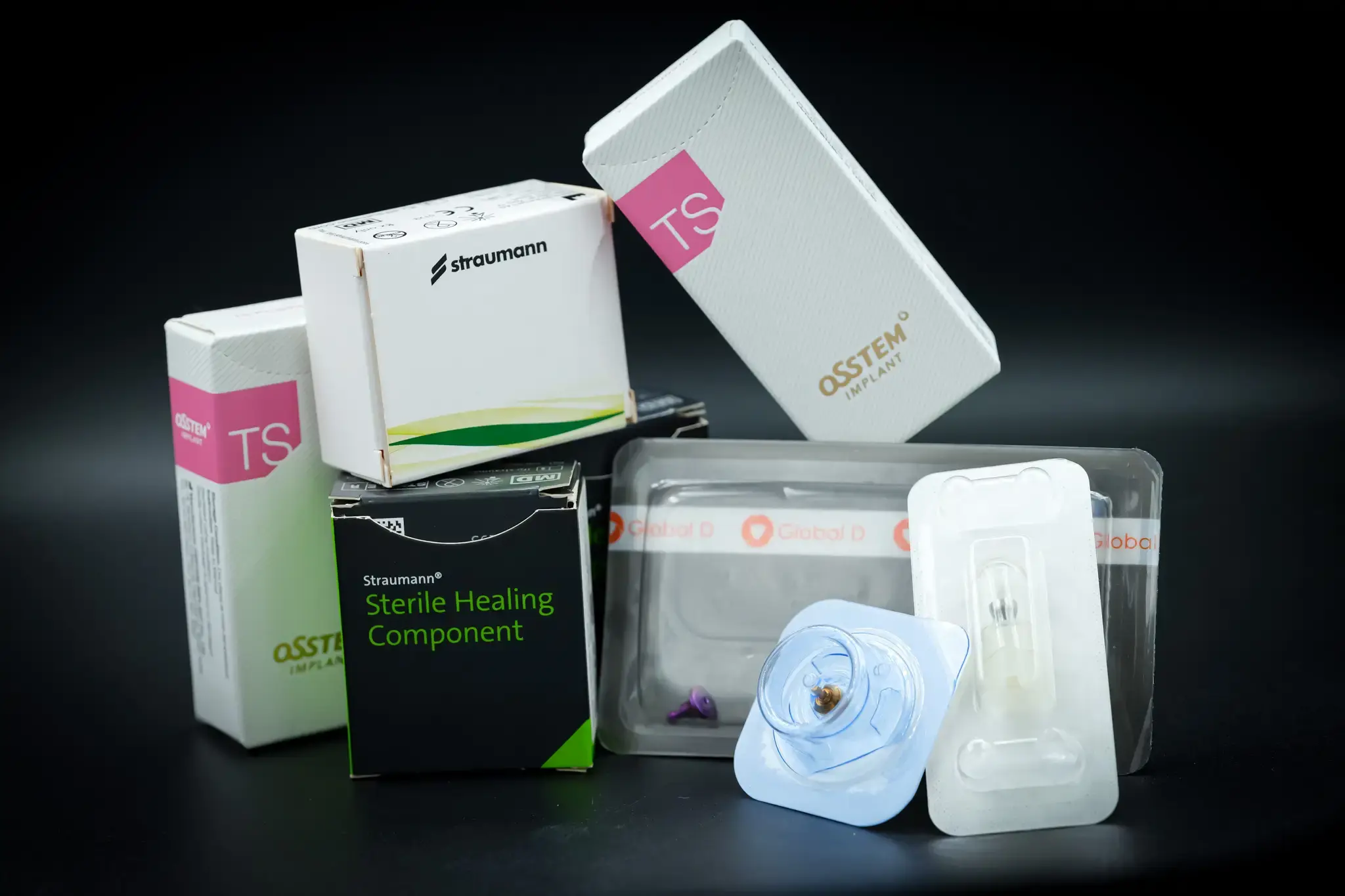
Who is the Ideal candidate for a Healing Cap?
The ideal candidate for a healing cap is someone who has undergone dental implant surgery and is in the process of healing. A person who has a dental implant placed into their jawbone is a perfect candidate for a healing cap. Implants begin to bond to their surface during the healing process as gum tissue grows around them. The healing cap serves as a protective cover over the implant, which helps to prevent bacteria and foreign objects from entering the implant site and potentially causing an infection. It helps to maintain the shape and contour of the gum tissue, ensuring that the final restoration fits properly and looks natural.
Some people are not suitable for dental implants. Factors that affect a person’s eligibility for dental implants include their overall health, the condition of their teeth and gums, and the density of their jawbone. A person must undergo a thorough evaluation by a dental professional to determine whether they are a suitable candidate for the procedure before undergoing dental implant surgery and receiving a healing cap.
Studies have shown that the use of healing caps during the dental implant process improves the overall success and longevity of the implant. A study published in the Journal of Oral Implantology found that the use of healing caps reduced the incidence of implant failure and helped to remove the stability of the implant, Another study published in the International Journal of Oral and Maxillofacial Implants found that the use of a healing cap improved the soft tissue healing around the implant site, resulting in a more aesthetically pleasing final restoration.
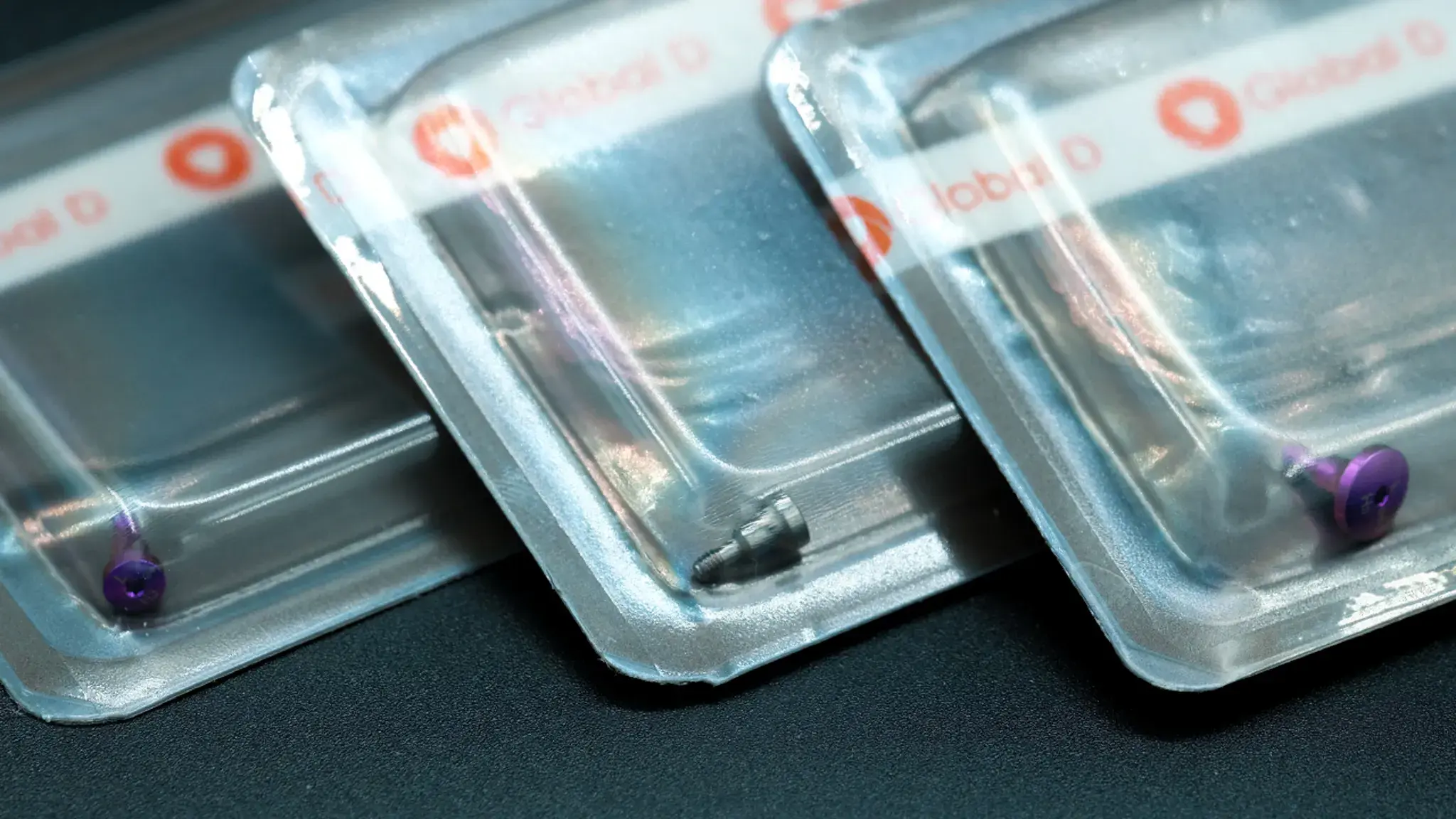
How is the process of a Healing Cap?
The process of a healing cap has a few steps, such as implant placement, recuperation period, removing the abutment, taking a mould, and the placement of the final implant. Surgical prostheses are fixed to the patient’s jawbone through surgery, followed by recovery to allow for integration with the gum and bone tissue surrounding it. Prostheses are kept in shape by healing caps throughout the healing process. The healing cap is changed once the healing period is over, attaching the implant to the final restoration.
Using dental cement helps to firmly attach the custom-made restoration to the abutment after an imprint of the implant area is made. The success rate and duration of the implant process are increased when it is used during the abutment process. A Journal of Oral Implantology has published research demonstrating that the insertion of after-surgical caps within the dental implant abutment procedure increases long-term performance and reduces the rate of failure.
Is the procedure for Healing Cap painful?
No, the procedure for a healing cap is not painful. It is because the healing cap is placed onto the implant after the initial surgery, which is done under local anaesthesia. The healing cap itself is simply a small device that is placed onto the implant and does not require any additional incisions or sutures. A person experiences some discomfort or sensitivity during the healing period when the healing cap is in place. It is because the gum tissue is sensitive as it heals and bonds to the implant. A person experiences some minor bleeding or inflammation at the implant site in some cases. They must contact their dental professional for guidance if a person is experiencing significant pain or discomfort during the healing period. Pain medication or other remedies are recommended to help manage any discomfort.
How long does the healing cap remain attached to a dental implant?
A period of several weeks to six months for the healing cap to remain attached to a dental implant. The healing period facilitates the process of the adjacent bone and gum tissue repairing and fusing with the implant, which ensures the long-term success of the implant. The healing cap functions as a safeguarding barrier for the implant, preventing infection and preserving the form and structure of the gum tissue.
The duration of the healing phase is contingent upon elements such as the implant's placement, the patient's jawbone density, and the patient's general well-being. A temporary healing cap is employed to preserve the form of the gums while they heal. The healing cap is taken off and replaced with an abutment. It connects the implant to the final replacement, such as a crown or bridge, after the recovery period. Providing a clear answer to the question, “How Long is the Process for Placing Implant Crowns?” is determined by the individual’s case.

What are the benefits of Healing Cap?
The benefits of Healing Cap include enhancing attachment into the adjacent tissue, maintaining gum tissue shape, and facilitating tissue integration. Healing Cap helps to allow proper fit for the final restoration and reduce the incidence of implant failure. The healing cap covers the location of the implant to keep germs and other waste out, which keeps the site from getting infected. A patient who has undergone dental implant surgery and is undergoing the healing process is at risk. The healing cap helps prevent it by protecting the implant site.
The healing cap helps keep the shape and contour of the gum tissue during the healing process, which results in a more aesthetically pleasing final restoration. The gum tissue has a chance of shrinking or changing shape while it heals without the healing cap, making it more difficult to achieve a natural-looking completion of the restoration. The healing cap helps to improve the integration of the implant with the surrounding bone and gum tissue by protecting the implant site and maintaining the shape of the gum tissue. Studies have indicated that using healing caps throughout the process of putting in dental implants boosts the implant's efficacy and lifespan.
The healing cap helps to ensure that the final restoration, such as the dental crown or bridge, fits properly, and has a natural appearance. The gum tissue changes shape throughout the recovery period without a healing cap, which affects the fit of the final fix. Implant failure is minimised and the probability is reduced if dental implants are treated with a healing cap. A study published in the Journal of Oral Implantology found that the use of healing caps during implant resulted in a lower failure rate and a more stable implant.
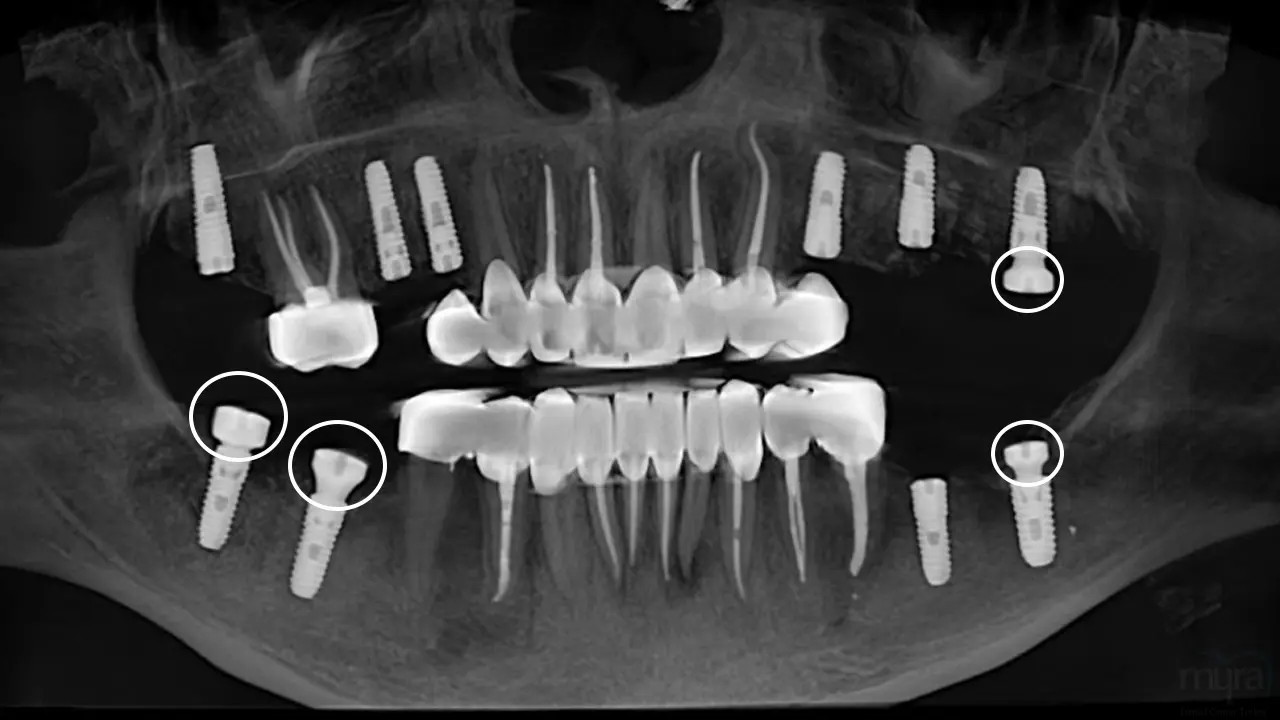
What are the risks of Healing Cap?
The risks of Healing Cap involve inflammatory reactions, infection, failure to integrate, tearing of the surrounding tissue, and cost. The healing cap causes irritation or inflammation in the surrounding gum tissue, which is uncomfortable or painful. A patient experiences sensitivity, swelling, or redness around the implant site during the healing period when the healing cap is in place.
There is a risk of infection if bacteria or debris enter the site while the healing cap is designed to protect the implant site. A patient develops an infection at the implant site, which causes pain, swelling, and other complications. The implant is sometimes going to fail to integrate properly with the surrounding bone and gum tissue, which leads to implant failure in some cases. A patient experiences implant failure if the implant does not integrate properly with the surrounding tissue.
The healing cap causes damage to the surrounding tissue, such as gum tissue or needy teeth in rare cases. The healing cap causes injury or damage to the surrounding tissue during the placement or removal process. The use of a healing cap adds to the total cost of the dental implant procedure in Turkey. A patient needs to pay extra fees for the placement and removal of the healing cap, which increases the total cost of the procedure.
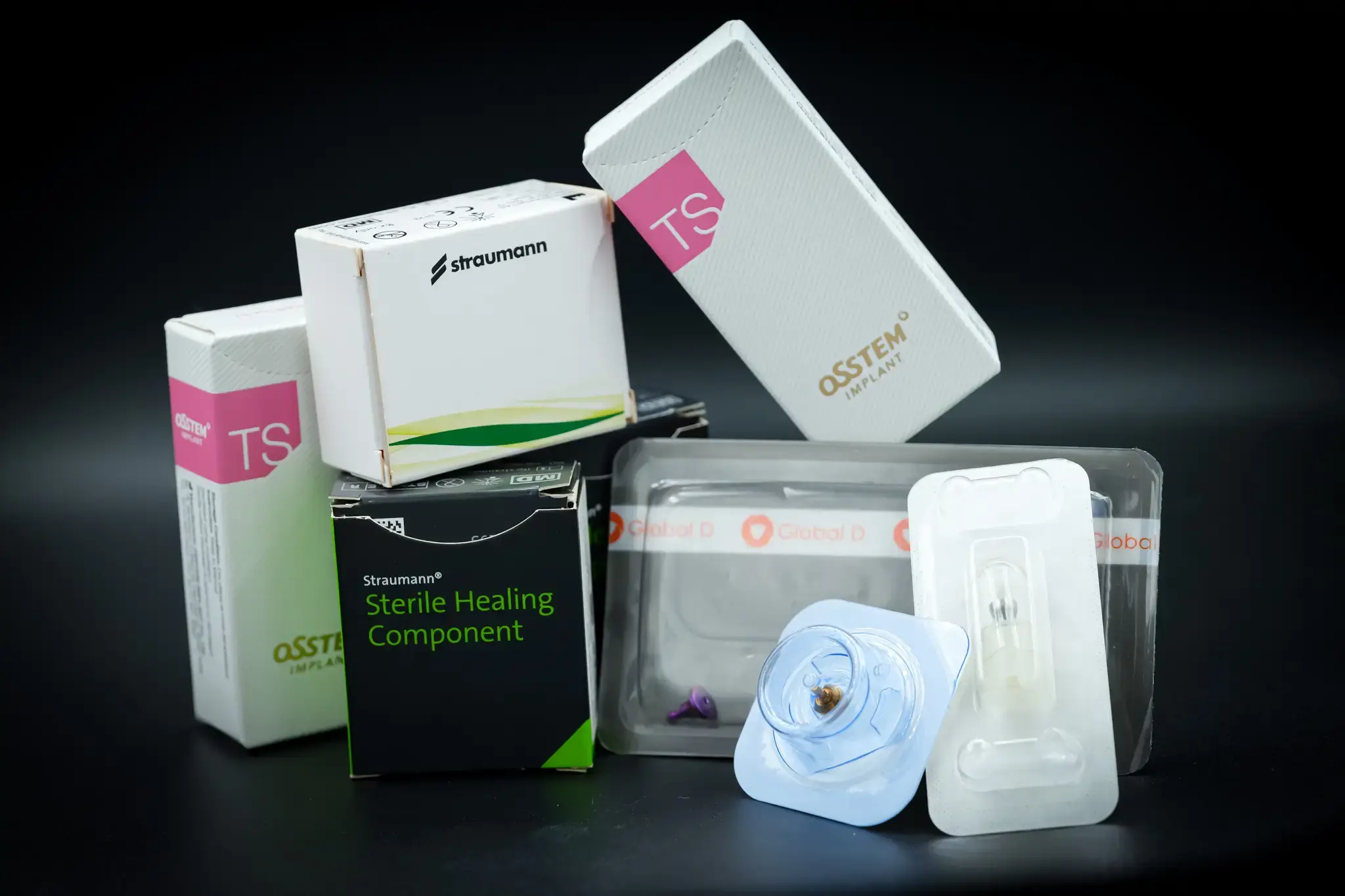
How do you clean a Healing Cap?
The instructions on how to clean a Healing Cap are listed below.
- Brush regularly. Continue to brush the teeth and gums frequently, particularly the area around the healing cap. Choose a soft-bristle toothbrush and a gentle, non-abrasive toothpaste. Cleaning and maintaining a healing cap is an important aspect of the dental implant healing process.
- Use an antibacterial mouthwash. Rinse the mouth with an antibacterial mouthwash to help kill any bacteria that are present in the area around the healing cap.
- Avoid hard or sticky foods. Avoid hard or sticky foods that cause the healing cap to become dislodged or damaged.
- Attend follow-up appointments. Attend every follow-up appointment with the dental professional to ensure that the healing cap is properly maintained and functioning as it must. Contact the dental professional for guidance if there are any questions or concerns about cleaning or maintaining the healing cap.
- Keep a gentle touch. Clean gently the area around the healing cap, avoiding excessive pressure or force that causes damage or irritation. Read the instructions for cleaning your implant healing caps. A smooth and successful rehabilitation depends on following every recommendation provided by the dental professional.
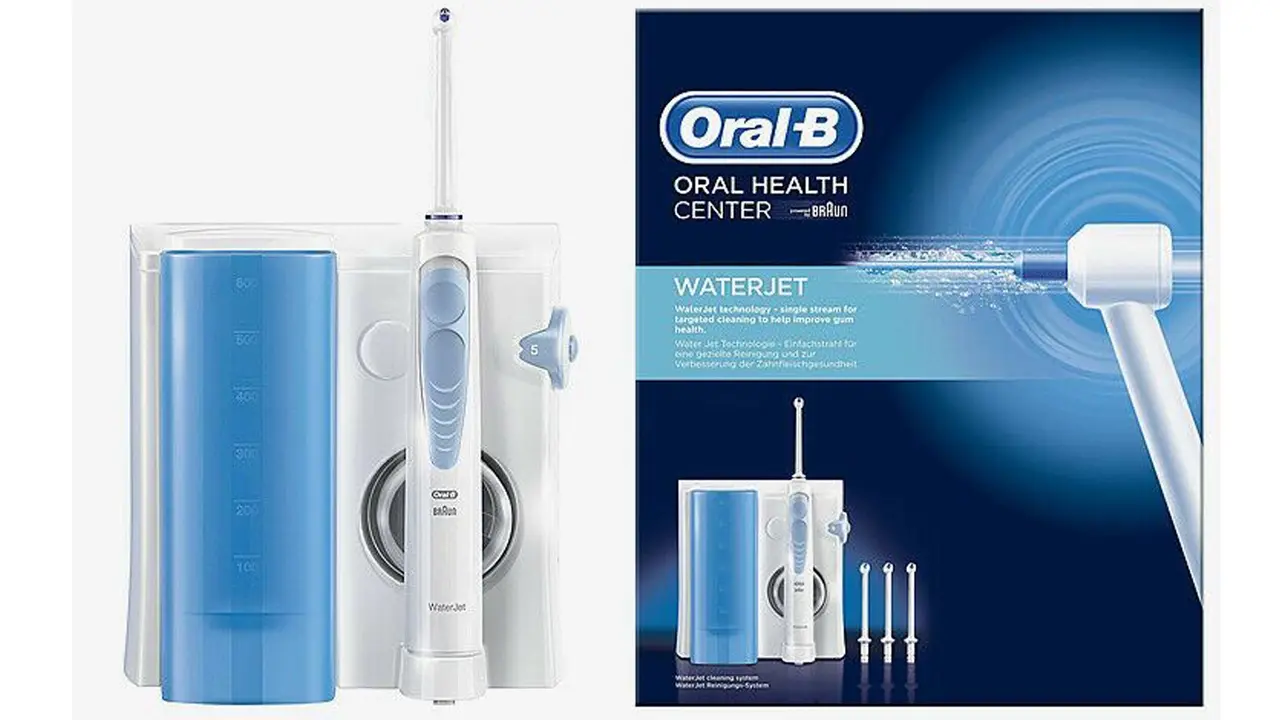
Is having an Implant Healing Cap painful?
No, having an implant healing cap is not painful. The placement of an implant healing cap is painless, as it is done soon after the first implant surgery when the area is numb from the local anaesthesia. The healing cap is often placed when the implant has fully merged with the surrounding bone. Patients feel some irritation or sensitivity while the healing cap is in place during the recovery stage. The gum tissue surrounding implants is sensitive as it heals and bonds to them.
Healing around an implant site results in minor bleeding or swelling. The patient must contact their dental professional for guidance if they experience significant pain or discomfort during the healing period. Pain medication or other remedies are going to be recommended to help manage any discomfort. Leading the recovery process and setting up the implant site for the eventual restoration, such as a crown or bridge, are its main duties.
Can I eat hard foods after having an Implant Healing Cap?
No, you cannot eat hard foods after having an implant healing cap, it is not recommended. The healing cap serves as a protective cover over the implant site during the initial healing period, and eating hard or crunchy foods puts undue pressure on the healing cap and potentially causes damage or dislodgement. Sticking to a soft or liquid diet is recommended to avoid putting excessive pressure on the healing cap or implant. It includes foods, such as soups, smoothies, mashed potatoes, scrambled eggs, and soft fruits. A patient gradually begins to reintroduce harder foods into their diet once the healing period is complete and the healing cap has been removed and replaced with an abutment. The important thing is to avoid biting directly on the implant or applying excessive force, which causes damage or failure.
Is a Dental Healing Cap required?
No, a dental healing cap is not required when having a dental implant done. Implant success and longevity are improved with it, according to oral health experts. The cap guards the implant site, maintains gum tissue shape, and improves the cohesiveness between the implant and the neighbouring bone and tissue during the healing process. The risk of infection is higher around implants without a healing cap, and the gum tissue shrinks or changes shape during the healing process, which makes it more challenging to achieve a natural-looking final result.
Studies have shown that healing caps improve the success and longevity of dental implants. A study published in the Journal of Oral Implantology discovered that using healing caps during the implant process resulted in a lower incidence of implant failure and improved implant stability. Dental professionals frequently advise it as a way to increase the implant's performance and long-term life. Discuss the use of a healing cap with the dental practitioner and weigh the risks and benefits carefully before going on.
What is the difference between a Healing Cap and an Abutment?
The difference between a healing cap and an abutment is their functionality. The protection of the implant area and preservation of the gum tissue's shape during healing are two of the cover's main goals. Healing cap vs healing abutment is a bit crucial. The healing cap is usually changed by an abutment once healing is finished. An abutment is a permanent device that is attached to the implant when the healing process is completed. Connecting the implant to the ultimate restoration, such as a dental crown or bridge, is its main purpose. The abutment, which is often constructed of zirconia or titanium, is created to match the patient and the particular implant. Some individuals compare, a healing cap vs. healing abutments, for the employment of a healing abutment rather than a healing cap. A temporary device that fulfils the roles of an abutment and a healing cap is called a healing abutment. It is affixed to the implant following the initial surgical procedure, and its purpose is to preserve the gum tissue's form while acting as a point of attachment for the completion procedure.






